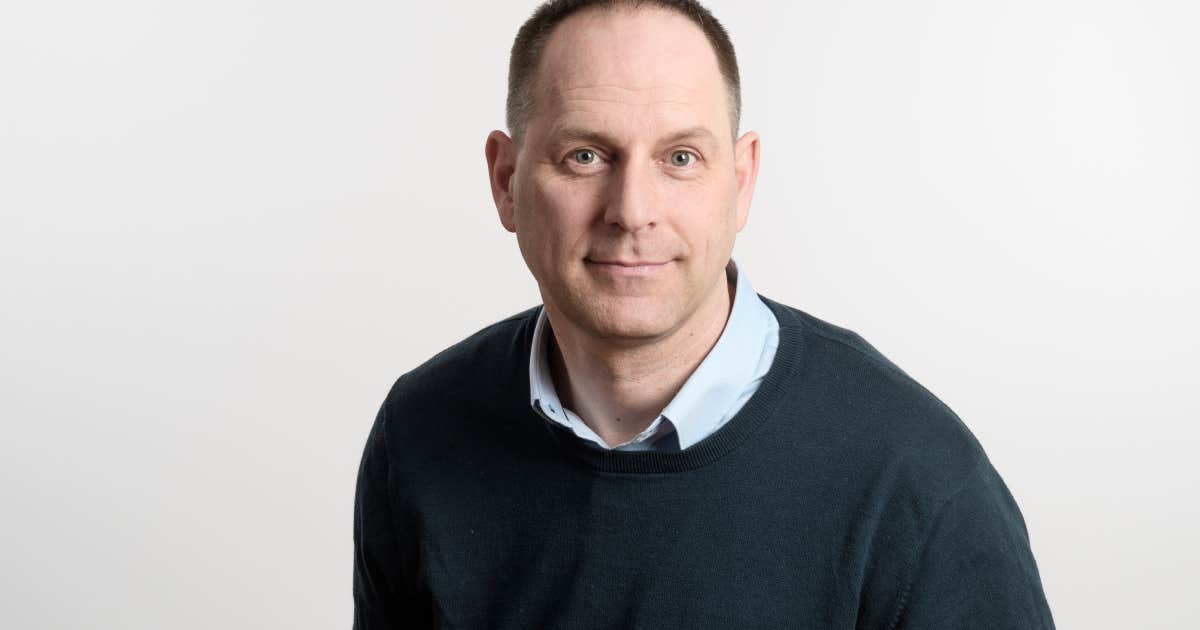In terms of housing, needs appear to far exceed means. By 2030, Quebec will be short of no less than 860,000 housing units. This is 240,000 more than what was expected given the disappointment that had been taking shape for years.
In other words, the situation of many citizens risks deteriorating. Again.
Calculate as much as you want. Stir the question in all directions. Multiply the incantations by calling on the miracle of subsidies. Wave the magic wands as much as the talking mills. In fact, it would still be a lie to say that this gap can quickly be filled. We have waited too long, while watching the private condominium industry swallow it all up.
The supply of new housing is at a historically low level, the Canada Mortgage and Housing Corporation has observed for months. Thousands of people are still waiting for social housing. We collectively missed the boat. And here we are, adrift, on a raft.
In large cities around the world, the housing problem has long been tackled head-on by public authorities. This partly saved citizens from suffering.
The example of Vienna comes up often. In the Austrian capital, at least 60% of the population lives in housing that belongs to the city’s rental stock. 70% of Austrian citizens are eligible for subsidized housing. Without reaching these extremes, several cities also benefit from the more important role assumed by the community. This has the effect of better regulating the real estate market and, along the way, slowing down real estate speculation while preventing evictions.
In the greater Montreal region, social and community housing represents less than 5% of housing and less than 10% of the rental housing stock. However, there are happy heads who continue to affirm, with their eyes closed, that the construction of overvalued condominiums constitutes the dream way of getting out of this collective misery to which we are constantly staring. How do these people manage to blind themselves to this point, while slipping into such ruts of thought?
Many of our fellow citizens already spend well over 30% of their income on housing, according to the wisdom recommended to keep their heads above water. We are increasingly seeing the consequences on the urban fabric.
There is a lot of talk these days about the meteoric increase in the number of homeless people in Quebec. However, this is only one of the most striking consequences of the poverty which is insidiously gaining ground.
Evictions from housing now appear to be the primary cause of homelessness. A statistical snapshot of the situation, dated October 2022, indicates a 44% increase in the number of homeless people compared to 2018 for Quebec. No region is spared. Montreal has half of the homeless population. In Outaouais, there are now five times more numerous than before. In Quebec, their number has increased by 35% in just four years.
Rue Christin, in the heart of the Latin Quarter in Montreal, an elegant historic building has been demolished. It must make way for a project of 114 social housing units for some of the most vulnerable people. It is in fact a sort of concrete bunker that the architects’ models present with hyper-colored walls. A street corner away, a former hotel adjoining Place Émilie-Gamelin has been transformed into a reception center for refugees. A team worked for days painting masses of bright colors on the facade. It’s fascinating how we paint misery in color, while producing appallingly ugly installations.
Following their summit on homelessness, the mayors denounced the situation in a heartfelt voice. After pointing out the lack of resources at their disposal, they were asked to simply change their tone. Minister Lionel Carmant, accustomed to the strict and convoluted language of administrations, could not bear to be told his four truths. He did not like being reminded that in Quebec, we live in increasing poverty. This does not only refer to individual questions, as we would like people to believe by always reducing everything and anything to questions of “mental health”.
The abstract speeches on “pride” that all the conservatives in Mr. Carmant’s government keep harping on about are not enough, as if by magic, to generate better collective situations. No more than a shower of small checks thrown blindly, like confetti, is enough to curb the inflation from which we suffer.
The homeless people on whom all eyes are fixed are not the whole of misery. We collectively continue to suffer from the fact that almost 900,000 citizens live below the poverty line. They are also the ones who find themselves battered by difficulties in finding housing and food. Basically, nearly one in nine people in Quebec find themselves in a precarious situation.
However, we continue to be immersed in a two-penny logic, which goes no further than the prospect of finding the means to manage the spread of the worst. Minister Carmant undertakes, in the name of his good-natured government, to extend a few million more while the minister dedicated to housing is conspicuous by her absence. We suffer, but without plugging the gaps, imagining that growth will eventually dry up all the misery. And so the trouble continues, without society being rethought other than according to the idea of catching up with Ontario’s GDP, while accepting having to manage more and more misery.
It is true that it is easier to worry about the space that should be given to gender-neutral toilets in schools rather than tackling the problem of rampant poverty.
